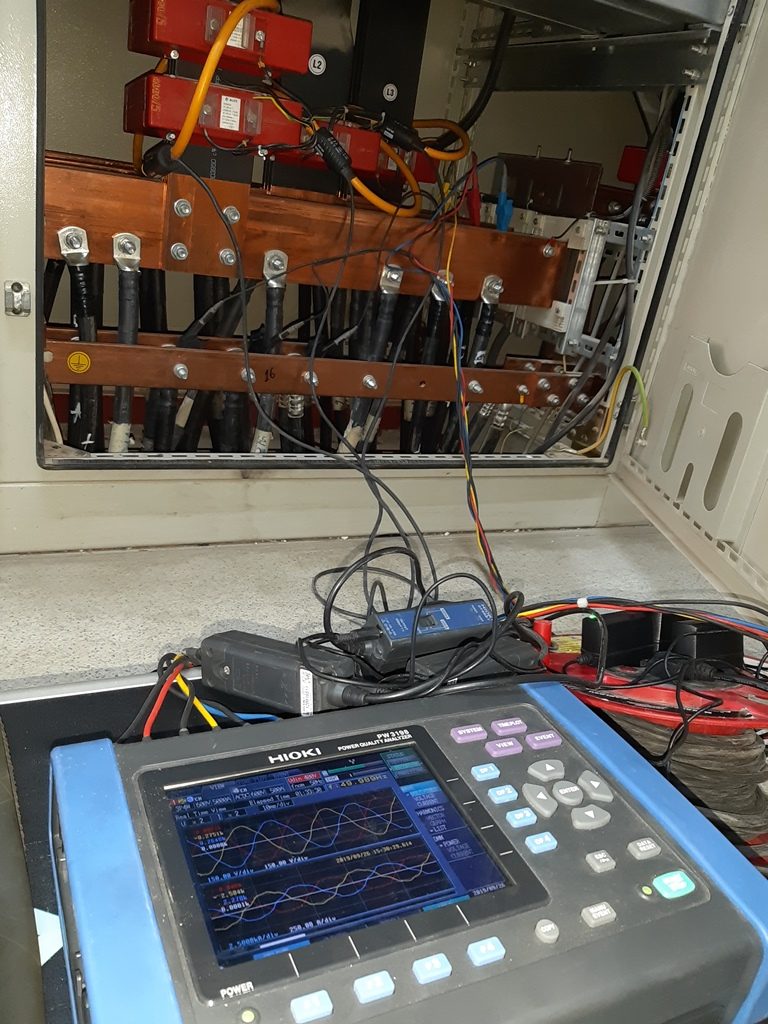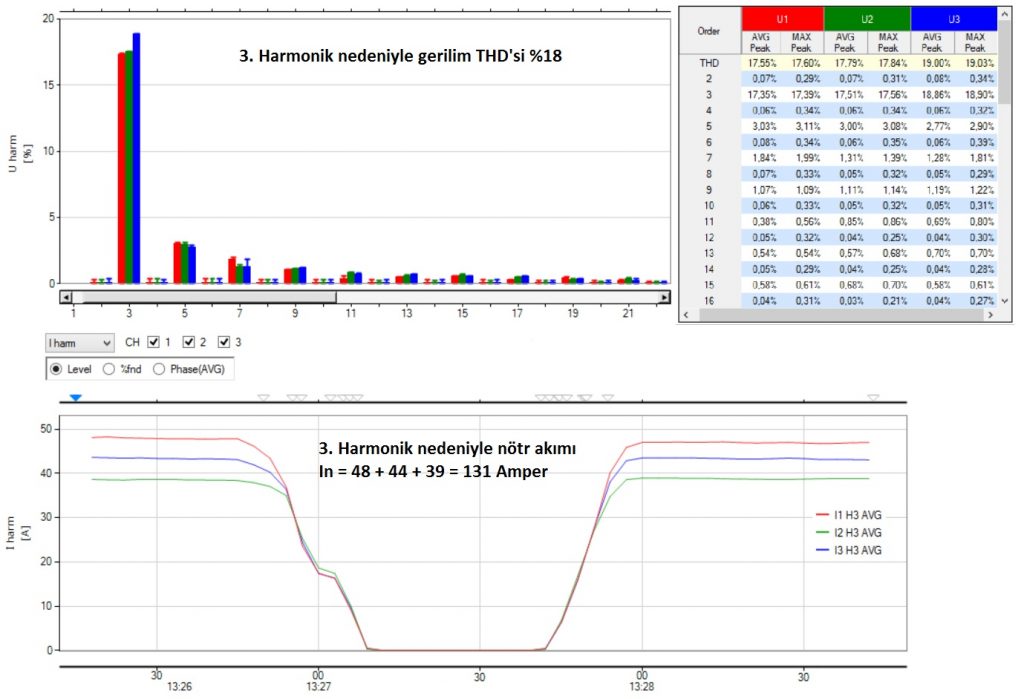
How to Measure Harmonic?
July 31, 2021 Author THD Power ANNOUNCEMENTS
Before moving on to our article titled How to measure harmonic, What is Harmonic? We recommend that you take a look at our article. In our related article, we mentioned that harmonics are distortions in current and voltage waveforms and that these distortions negatively affect energy efficiency by causing various internal faults.
In this article, we will discuss how to understand that there is a harmonic problem in a facility and how to determine the source of the problem. We will also talk about which standards and regulations should be taken into account in the measurement and analysis of harmonics.

How do you know you have a harmonic problem?
The harmonic problem can manifest itself in many ways. If electrical internal faults occur frequently in a facility, if drivers, electronic cards, UPSs, capacitors fail, if switches, fuses, residual current relays trip for no reason, if there is overheating in transformers, panels and conductors, such situations will be in your facility. are indications that harmonic distortion rates may be high.
Things to consider in harmonic measurement:
Harmonic measurement and analysis is a special engineering subject and is taught as a doctoral level course in the electrical engineering departments of universities. Thousands of academics around the world continue their scientific studies in the field of harmonics. Basically, the things to be considered in harmonic measurement can be listed as follows:
1 – Harmonics are measured by portable or fixed type electronic devices called power quality analyzer, energy analyzer, network analyzer in the sector. First of all, it is of vital importance to cut off the energy when connecting these devices, and if this is not possible, to wear special insulated clothes suitable for working under energy. It should not be forgotten that no job is more important than life safety.
2 – The main purpose of harmonic measurement is to determine the source that produces the harmonic. For this reason, depending on the internal installation structure of the facility, machines and sections with high harmonic potential should be measured separately.
3 – Reactive power compensation systems have an important place in harmonic analysis. In the busbars to which these systems are connected, separate measurements should be taken when the compensation is active and when it is not, and the response of the compensation to the harmonic efficiency should be examined.
4 – Some of the total harmonic distortion in voltage is caused by the facility and some by other loads in the network. In order to make this distinction, the mains voltage should be measured in the no-load state by completely deactivating the load.
5 – It is recommended in the standards and regulations that the device being measured is Class A.
6 – As a result of the measurements, the harmonic source is clearly determined and filter designs or installation revisions that will minimize the total harmonic distortion are projected.

Which standards and regulations are taken into account in harmonic measurement and analysis?
In addition to the international standards taken into account in harmonic measurement and analysis, we also have national regulations and standards.
| IEEE 519-2014 | IEEE Recommended Practice and Requirements for Harmonic Control in Electric Power Systems |
| EN 50160 | Voltage Characteristics of Electricity supplied by public distribution systems |
| IEC 61000-4-30 | Testing and measurement techniques – Power quality measurement methods |
|
ENERGY NETWORKS ASSOCIATION
ENA_EREC_G5_Issue_5_2020 |
Harmonic voltage distortion and the connection of harmonic sources and/or resonant plant to transmission systems and distribution networks in the United Kingdom |
|
TSE
TS EN 50160 |
Voltage Characteristics of Electricity Provided by General Electric Networks |
| EPDK | Service Quality Regulation on Electricity Distribution and Retail Sales |
| EPDK | Electricity Network Regulation |
To access our article on how to calculate the harmonic limits of a facility based on harmonic standards and regulations click here.